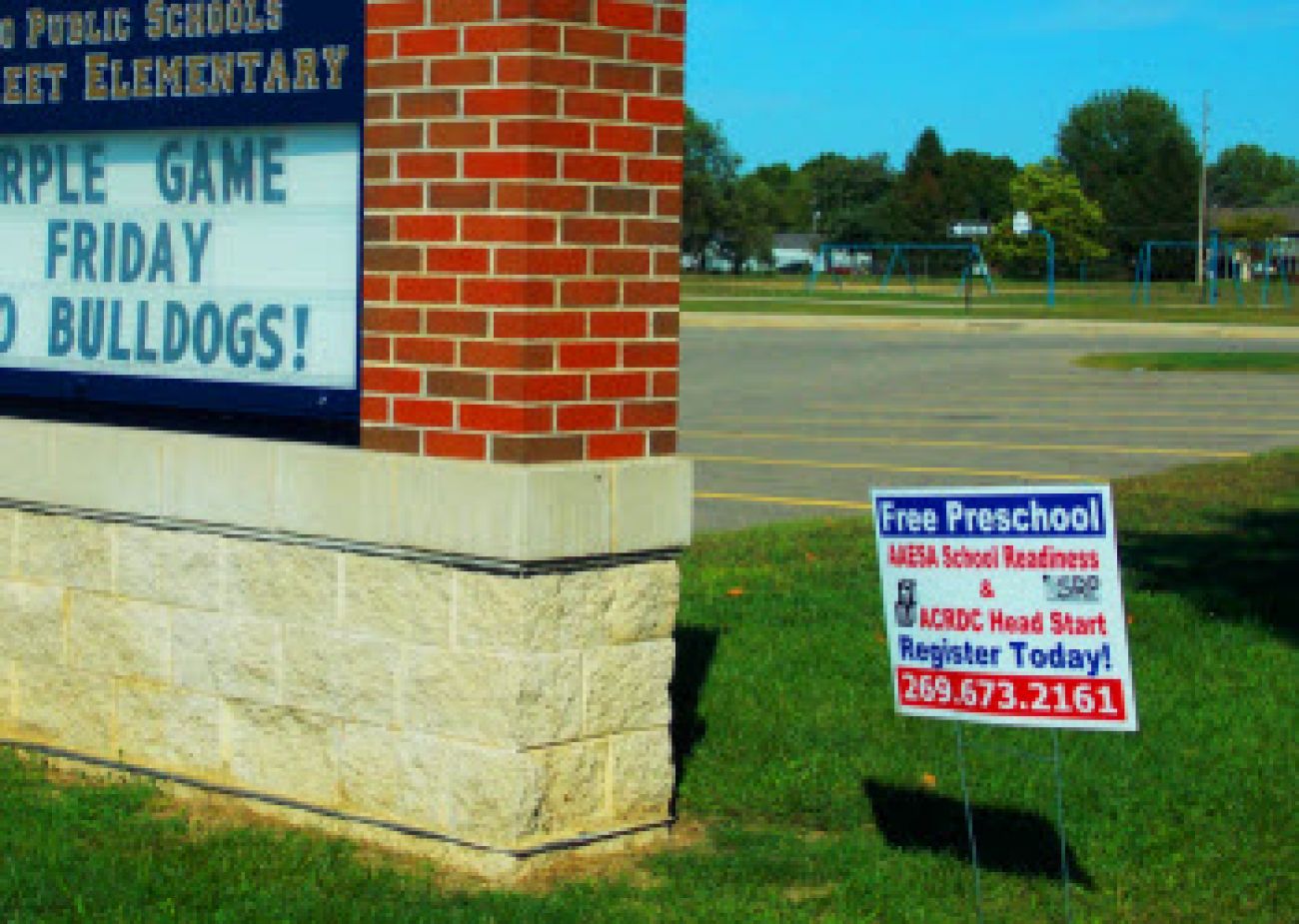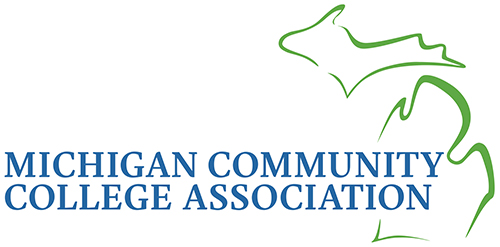Pre-K access is a challenge across the state

In theory, children from low- and moderate-income homes have an equal opportunity for free, high-quality preschool in every corner of Michigan. But it turns out some corners are more equal than others.
In Saginaw, 91 percent of 4-year-olds eligible for Great Start Readiness Program are in that state-funded preschool or another state- or federally funded classroom. But across the state in Allegan County, only 40 percent are in preschool.
A Bridge Magazine analysis of state and federal data revealed that your child’s chances of getting high-quality, free preschool depends on where you live. Statewide, 39 percent of children who meet the current eligibility guidelines are not enrolled in the program or any other taxpayer-supported preschool. But Bridge’s analysis found a large disparity in service to at-risk youths between regions, even though the state divvies up money to give every child a roughly equal shot at free preschool.
 (Bridge map: See how well your county or region is meeting preschool needs.)
(Bridge map: See how well your county or region is meeting preschool needs.)
More money needs to be pumped into the system to assure that more kids have access to pre-K classes that give them a jump start on academic success. "We can’t get to third-grade reading proficiency without it," state schools Superintendent Mike Flanagan said this summer. "You can’t get there. It’s impossible."
The data raises questions not only about why the disparity exists, but the impact those forgotten 4-year-olds will have on their communities.
Getting to Great Start
The Great Start Readiness Program (GSRP) is intended to provide free preschool for at-risk children who may not otherwise be able to afford it. Four-year-olds in families with household incomes below 300 percent of the federal poverty line ($69,150 for a family of four) can qualify for the program.
Getting your startMichigan children are served by two main preschool programs: federally funded Head Start for families below the federal poverty line, and state-funded Great Start, for those living under 300 percent of the federal poverty level. A family of four, for example, qualifies for Head Start with an annual household income below $23,050; Great Start, without conditions, below $46,100; and Great Start, with at least one at-risk factor for the child, below $69,150. (As many as 25 percent of enrolled students can be above the income levels, if other risk factors are present.) The major risk factors are: * Living in a high-poverty or high-crime neighborhood. * Divorced parents, or a parent in the military, in prison or dead. * Parent whose first child was born while they were a teenager. * Parent who did not graduate high school. * Chronic health issues or developmental disability. * English is the second language. * Documented abuse or neglect. Complete guidelines can be found by clicking here. |
Children who enroll in GSRP tend to be more ready for kindergarten, and, on average, do better throughout their academic careers than kids of similar economic background who didn’t attend.
GSRP kids have lower rates of grade retention and special education needs, which saves schools money. After graduation, they are more likely to hold jobs and to make more money, which is good for the local economy and for the state (through higher personal income and income taxes).
Could the GSRP enrollment gap revealed in Bridge’s analysis foretell the economic future of Michigan communities?
Concerned that 47 percent of eligible 4-year-olds are not enrolled in GSRP or any other state or federally funded preschool, Livingston County school and business leaders are beginning to search for their own solution, if the state doesn’t step to the plate soon.
"The state should have pre-K as part of its economic development plan for the whole state," says Pat Convery, president of the Howell Chamber of Commerce. "It’s a talent issue. We need to start at the beginning with kids."
The problem with wait lists
Genesee County has "huge wait lists" for GSRP classes, says Beth Hacket, of Genesee County Intermediate School District. "We have too many eligible and too few slots. And preschool is so expensive (for families who don’t get slots), that some families will forgo it, and that further compromises the child’s education."
Macomb County has the second-lowest percentage of eligible 4-year-olds in classrooms, with only 42 percent in Great Start or another program. Robert LeFevre, director of education policy for Macomb Intermediate School District, puts the blame squarely on state funding. (The state divvies up funds and tells providers how many GSRP slots they have.)
"I don’t know how to get more (slots)," says LeFevre. "If we could get twice as many slots tomorrow, we’d fill them. If we could get triple as many slots, we’d fill them."
Just north of Macomb, St. Clair County’s GSRP classes enroll only 46 percent of eligible 4-year-olds. Dan DeGrow, superintendent of the St. Clair County Regional Educational Service Agency and a former state senator, is a proponent of early childhood education, even offering St. Clair school districts a small subsidy if they provided transportation for GSRP students. But it’s difficult for cash-strapped schools to invest in a program that will only show tangible benefits years later.
"We’re like the Legislature – we can’t think more than two years ahead," said DeGrow. "I get evaluated on our test scores on the front page every year. You say (pre-K) will show results in 10 years? That’s great. But I won’t be here."
Children on waiting lists for GSRP account for only a fraction of Michigan’s forgotten 4-year-olds. Districts often struggle to find effective ways to inform low-income families of the program. Because the $3,400 schools get from the state for each GSRP student doesn’t cover the full costs of staffing and supplying the classrooms, schools don’t have any money to market the program.
And even if they did more to promote the preschool, there aren’t slots for additional kids.
Tracking down at-risk families, who tend to be move often, isn’t easy, says Larry Schweinhart, president of HighScope Educational Research Foundation. "It’s not exactly like looking for a needle in a haystack," he says, "but it is like looking for 100 needles in a haystack."
But providers could do more – and probably would if there was adequate funding, explains Schweinhart.
"Providers will talk about serving the entire eligible population but they don’t mean it," Schweinhart says. "What they want to do is please the people who show up at their door."
Allegan County struggles to find kids
To understand some of the frustrations faced by schools, look to Allegan County, along the shores of Lake Michigan. Already saddled with the lowest percentage of eligible 4-year-olds in classrooms, Allegan County has seen its GSRP enrollment drop again this fall. "That is kind of unheard of and we’re struggling with the why," says Erika Burkhardt, early childhood specialist for Allegan Educational Service Agency.
The half-day classes are a barrier to some working families, Burkhardt says. Transportation is less of an issue than it is in many counties, because most of the districts offer GSRP buses.
"We’ve filled our slots, it was harder this year," says Burkhardt. "For us, even getting the word out, the marketing is difficult. We have a high poverty rate, and very rural. To try to flush out those families is difficult, they’re out in the middle of nowhere."
Allegan ESA has tried a little bit of everything to find at-risk 4-year-olds, from advertising at the start of children’s movies in theaters to yard signs advertising "Free Preschool."
"Our county’s not alone," Burkhardt says. "It’s difficult to reach families."
Senior Writer Ron French joined Bridge in 2011 after having won more than 40 national and state journalism awards since he joined the Detroit News in 1995. French has a long track record of uncovering emerging issues and changing the public policy debate through his work. In 2006, he foretold the coming crisis in the auto industry in a special report detailing how worker health-care costs threatened to bankrupt General Motors.
Michigan Education Watch
Michigan Education Watch is made possible by generous financial support from:
Subscribe to Michigan Education Watch
See what new members are saying about why they donated to Bridge Michigan:
- “In order for this information to be accurate and unbiased it must be underwritten by its readers, not by special interests.” - Larry S.
- “Not many other media sources report on the topics Bridge does.” - Susan B.
- “Your journalism is outstanding and rare these days.” - Mark S.
If you want to ensure the future of nonpartisan, nonprofit Michigan journalism, please become a member today. You, too, will be asked why you donated and maybe we'll feature your quote next time!



